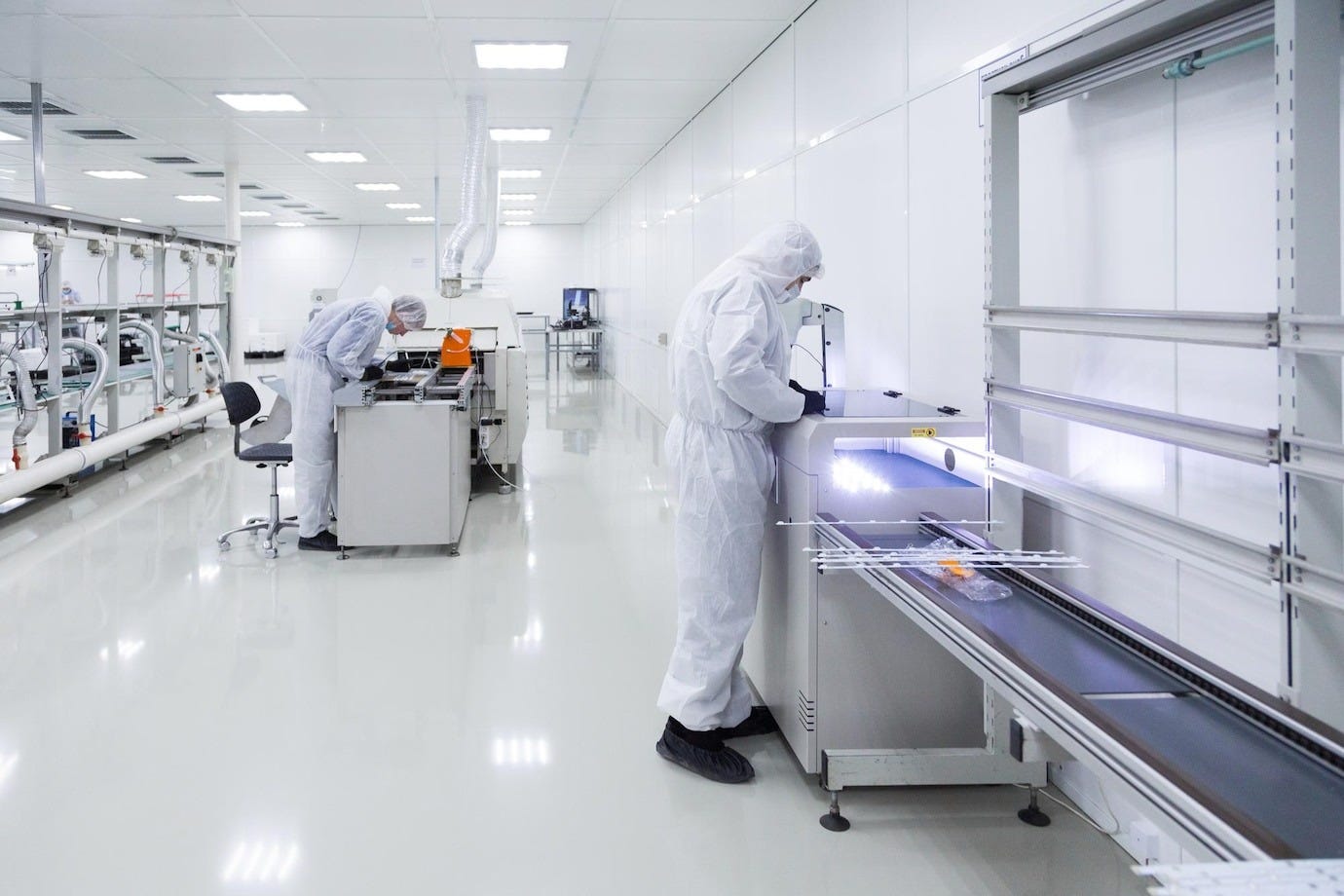Clean Room Essentials: Creating a Sterile Environment for Precision Work

In industries where precision and quality are paramount, clean rooms serve as indispensable environments for conducting sensitive processes and manufacturing operations. These controlled environments are meticulously designed to minimize airborne particles, contaminants, and pollutants, ensuring the integrity and reliability of products and processes. From semiconductor manufacturing and pharmaceutical production to aerospace engineering and biotechnology research, clean rooms play a crucial role in safeguarding product quality and compliance with regulatory standards. In this article, we’ll explore the essentials of clean rooms and the critical components necessary for creating a sterile environment conducive to precision work.
Understanding Clean Rooms
Clean room are specialized environments designed to maintain low levels of airborne particles, pollutants, and contaminants within specified cleanliness standards. These controlled environments are essential for industries where even microscopic particles can compromise product quality, performance, and safety. Clean rooms typically feature stringent cleanliness protocols, specialized air filtration systems, controlled temperature and humidity levels, and strict access controls to prevent contamination from entering the environment.
Key Components of Clean Rooms
- Air Filtration Systems: Air filtration systems are the backbone of clean rooms, responsible for removing airborne particles and contaminants to maintain specified cleanliness levels. High-efficiency particulate air (HEPA) filters and ultra-low particulate air (ULPA) filters are commonly used to achieve the required level of cleanliness by capturing particles as small as 0.3 microns in size.
- HVAC Systems: Heating, ventilation, and air conditioning (HVAC) systems are essential for controlling temperature, humidity, and airflow within the clean room environment. These systems ensure optimal conditions for process stability, equipment performance, and personnel comfort while minimizing the risk of condensation and microbial growth.
- Cleanroom Apparel: Personnel working in clean rooms are required to wear specialized cleanroom apparel, including cleanroom suits, gloves, shoe covers, and hairnets, to prevent contamination from skin particles, hair, and clothing fibers. Cleanroom apparel helps maintain cleanliness standards and minimize the introduction of external contaminants into the environment.
- Surface Materials: Clean room surfaces, including walls, ceilings, floors, and furniture, are constructed using smooth, non-porous materials that are easy to clean and resistant to particle accumulation. Stainless steel, fiberglass-reinforced plastic (FRP), and epoxy-coated surfaces are commonly used to prevent particle shedding and microbial growth.
- Access Control Systems: Access control systems, such as airlocks, gowning rooms, and pass-through chambers, are implemented to regulate entry and exit into the clean room environment. These systems help minimize the introduction of contaminants by ensuring that only authorized personnel and equipment enter the controlled area.
Clean Room Classifications
Clean rooms are classified based on the maximum allowable concentration of airborne particles per cubic meter of air, as defined by international standards such as ISO 14644. Clean room classifications range from ISO Class 1 (the cleanest) to ISO Class 9 (the least clean), with each class specifying cleanliness standards and requirements tailored to different industries and applications.
Applications of Clean Rooms
- Semiconductor Manufacturing: Clean rooms are essential for semiconductor fabrication, where even microscopic particles can affect the performance and reliability of microelectronic devices. Semiconductor clean rooms feature ultra-clean environments with stringent cleanliness standards to ensure the quality and integrity of semiconductor products.
- Pharmaceutical Production: Clean rooms play a critical role in pharmaceutical production, providing controlled environments for drug manufacturing, compounding, and packaging. Pharmaceutical clean rooms adhere to strict cleanliness standards to prevent contamination and ensure the safety, efficacy, and purity of pharmaceutical products.
- Biotechnology Research: Clean rooms are used in biotechnology research laboratories for conducting experiments, cell culture, and genetic engineering. Biotech clean rooms provide sterile environments that minimize the risk of microbial contamination and maintain the integrity of biological samples and research materials.
Conclusion
Clean rooms are essential environments for industries that demand precision, cleanliness, and reliability in their processes and products. By implementing specialized air filtration systems, HVAC controls, cleanroom apparel, surface materials, and access control systems, clean rooms create sterile environments conducive to precision work and sensitive operations. Understanding the essentials of clean room design, construction, and operation is crucial for maintaining cleanliness standards, ensuring regulatory compliance, and safeguarding product quality across various industries. Clean rooms serve as the cornerstone of precision manufacturing, research, and development, enabling innovation, quality assurance, and technological advancement in the modern industrial landscape.




